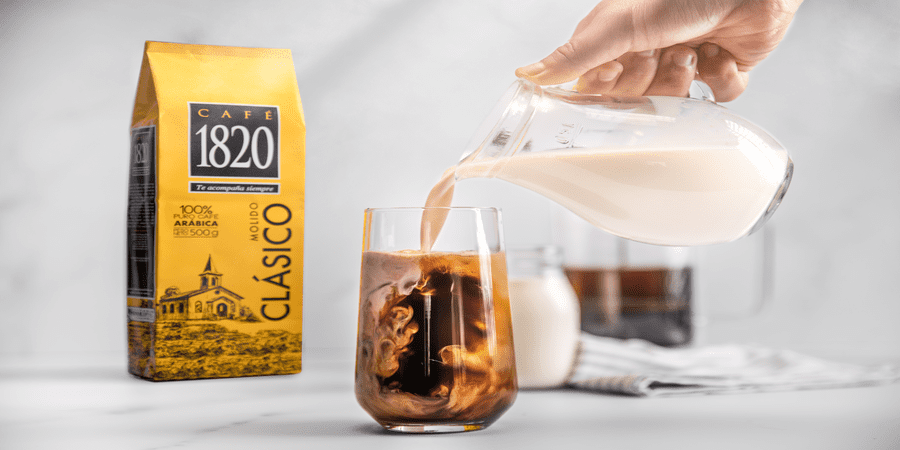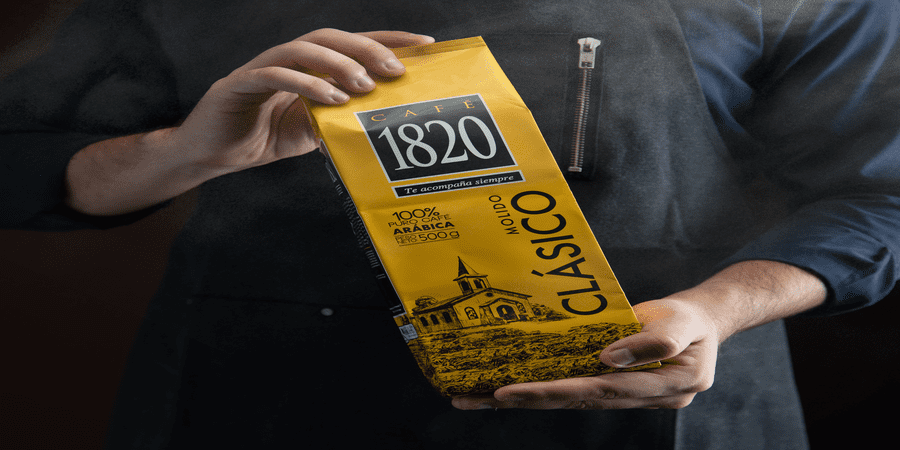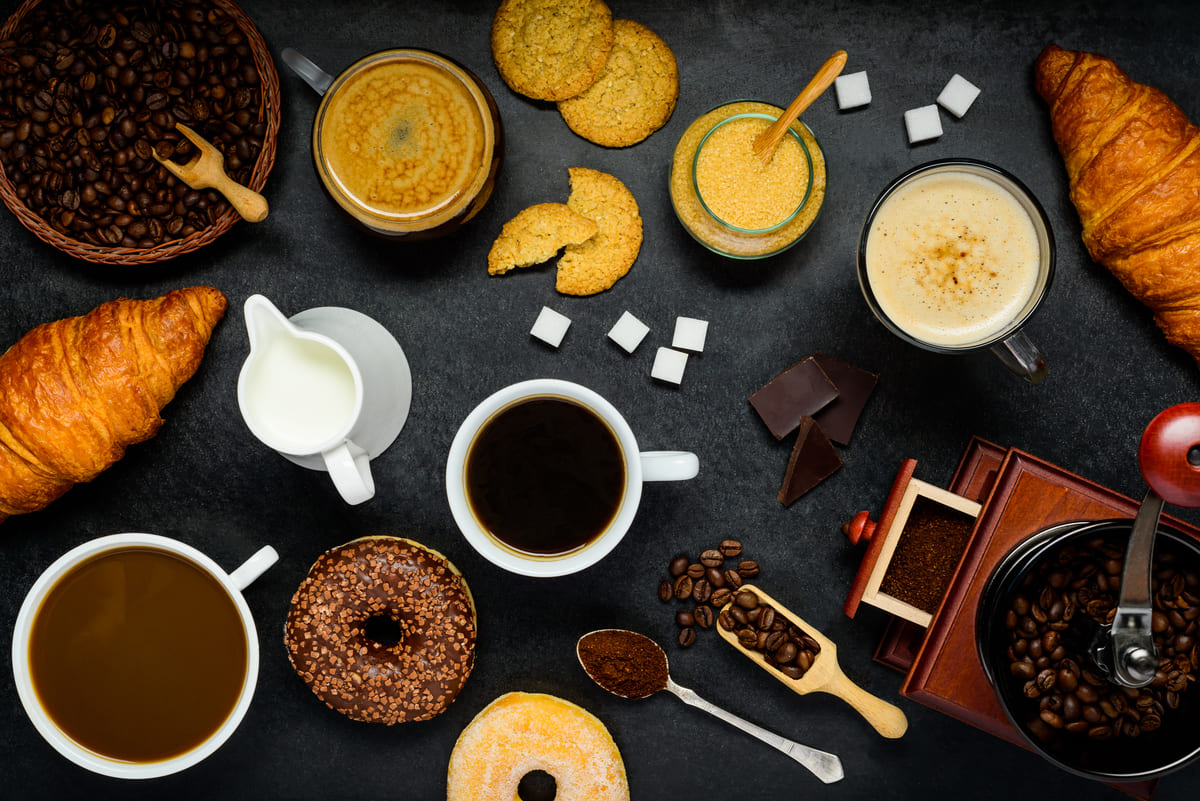Coffee Beans, What you Should Know if You are a Coffee Lover

Coffee beans are the main ingredient of those delicious cappuccinos that we sometimes crave in the afternoon or that black coffee that makes our day better as soon we wake up.
And if you didn’t know, these grains are extracted from a shrub called coffee tree, from which two groups of seeds are obtained: the Robust ones and the Arabic ones.
The original coffee seeds have given rise to innumerable variations adapted to the crops of the different countries with plantations. Depending on weather conditions and crossings, there are many types of coffee seeds and all with different flavors. We talk a little more about it.
Types of Coffee Beans
Arabic
Originally from southern Ethiopia, it represents between the 70 or 80% of world production. Its flavor is soft and pleasant, but at the same time it has an acid and sweet touch.
Java
Produced in Indonesia since the 17th century, this seed has a spicy, strong and sweet taste, being one of the most expensive coffees in the world.
Mocha
Coming from Yemen, it is characterized by having low acidity and a deep flavor reminiscent of chocolate. It owes its name to the port from which it is exported.
Tarrazu
A seed harvested in Costa Rica, it has an intense, strong, chocolate and old wood flavor that slowly disappears on the palate.
Kenya AA
Coming from Kenya and planted in volcanic soil, it is distinguished by having an acidic flavor and an aroma of berries.
Harrar
Cultivated in the Harrar region, a world heritage, it has a fruity flavor and aroma that combines with earthy tones and a slightly rough texture.
Peaberry
Harvested in Tanzania, it is considered one of the most exotic and it is cultivated only with fertilized seeds, meaning the beans of the coffee plant.
Sierra Nevada de Santa Marta
Planted in Colombia, these grains are recognized for having a bitter and acidic tone, combined with a caramelized flavor with toasted bread dyes.
Kopi Luwak
It comes from Indonesia, it is a totally luxury grain. Its flavor is sweet with chocolate and caramel air, and with a bitter and earthy feeling in a very subtle way.
Yirgacheffe
It comes from a region of Ethiopia where it grows spontaneously. It has a sweet and dense taste that provides a fairly refined degree of acidity.
Toraja Kalossi
This grain grows on Celebes Island and is highly prized for being good in infusions and for having a perfectly balanced acidity.
Mandheling and Lintong
Also grown in Indonesia, it has an intense aroma of forest herbs and a low acidity flavor.
Blue mountain coffee
Coming from Jamaica, it is known for being one of the most exquisite varieties, with an intense, pleasant aroma and a slightly acidic flavor.
Sturdy
It is a grain from the Democratic Republic of the Congo, has less acidic and rather bitter taste, combined with nuances of wood and nuts.
What is The Most Popular Blend of Coffee Beans?
Because there are very large differences between Arabica coffee and Robust coffee, mixing each other in order to get fused properties, results in a world of opportunities and new flavors.
Although these combinations are guarded quite suspiciously, the oldest and most popular is Java-Moka. Which was created by accident when mixing both types of grains, finding that the new flavor had a high potential.
Coffee beans are the fundamental basis for preparing delicious mixtures both at home and in coffee shops, so if you want to try the different types of beans, do not hesitate to buy them online at our store on Amazon.
LET’S TALK MORE ABOUT COFFEE
BECOME PART OF OUR COFFEE
COMMUNITY
Subscribe to our newsletter. You will receive unique and valuable information about coffee.





Comentarios recientes